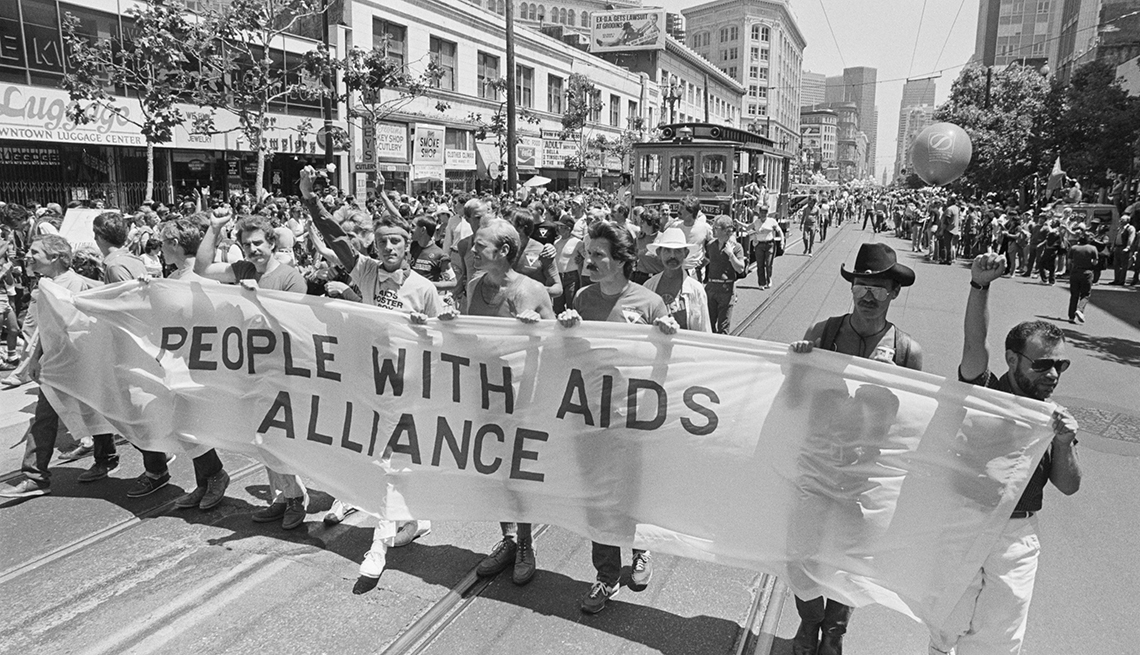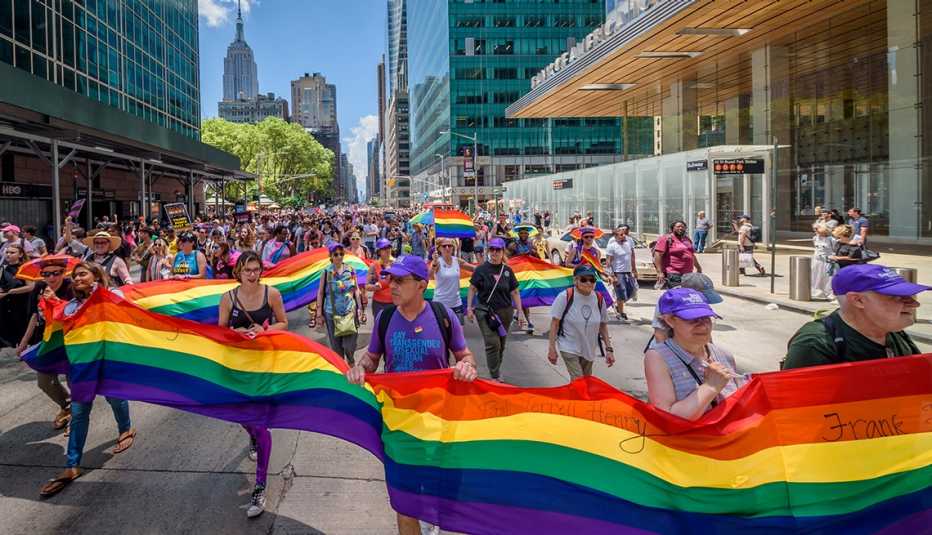AARP Hearing Center
Several decades after first seeing him on television, Torie Osborn has had to get used to what she calls “the familiar face” of Anthony Fauci on her screen again.


Fauci, one of the nation’s leading infectious disease specialists, was at the forefront of the fight against AIDS beginning with his appointment as director of the National Institute of Allergy and Infectious Diseases in 1984. Today, in that same role, he has been serving on the front lines of another public health crisis: the coronavirus pandemic.
For Osborn, who was the executive director of the Los Angeles LGBT Center from 1988 to 1992, Fauci’s presence is one small reminder among a broader set of parallels between the AIDS epidemic, which by its peak in 1995 had claimed more than 300,000 lives across the country, and COVID-19, which has so far caused more than 580,000 deaths in the United States alone.
“The first couple of weeks, I was notably re-traumatized,” Osborn says of sheltering in place at home at the start of the pandemic. “I would have flashbacks to the height of AIDS. It was so connected in my psyche, it was an unmistakable connection.”
Osborn is not the only person to feel that way. Many AIDS activists say they see similarities between the two diseases — as well as how lessons from the past can help in the fight against the current pandemic.
The “fault lines” of disease
“I’ve been thinking about the parallels every day,” says Cleve Jones, who cofounded the San Francisco AIDS Foundation in 1983 and later created the AIDS Memorial Quilt.
In his memoir When We Rise, Jones recalls the devastation of AIDS on San Francisco’s vibrant LGBT community — and the initial uncertainty that accompanied a disease about which little was known. “In my heart,” he writes of learning friends were becoming ill in the early 1980s, “I understood that something mysterious and dangerous and new was here.”


































































